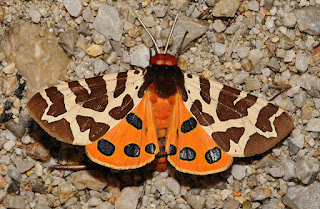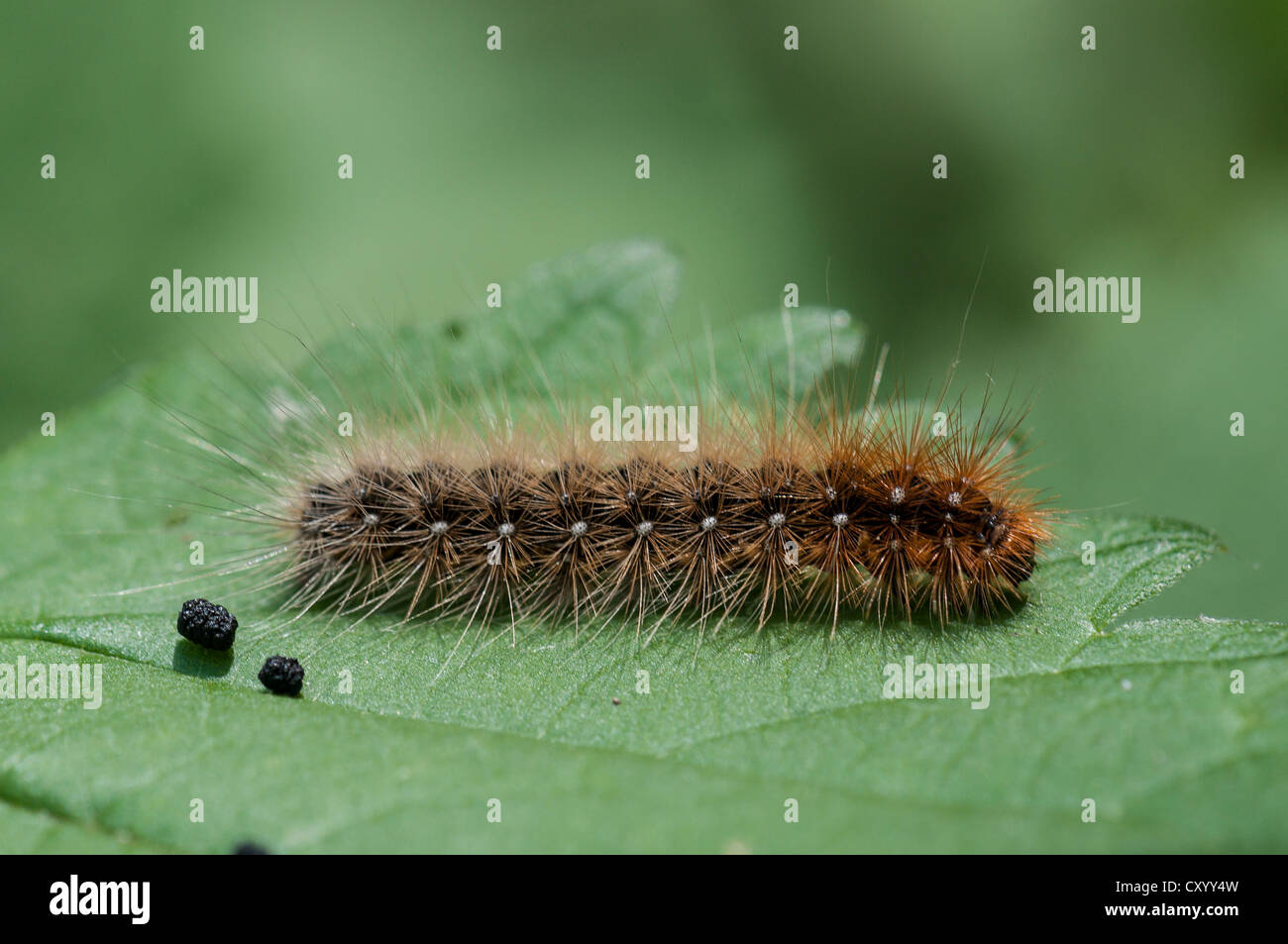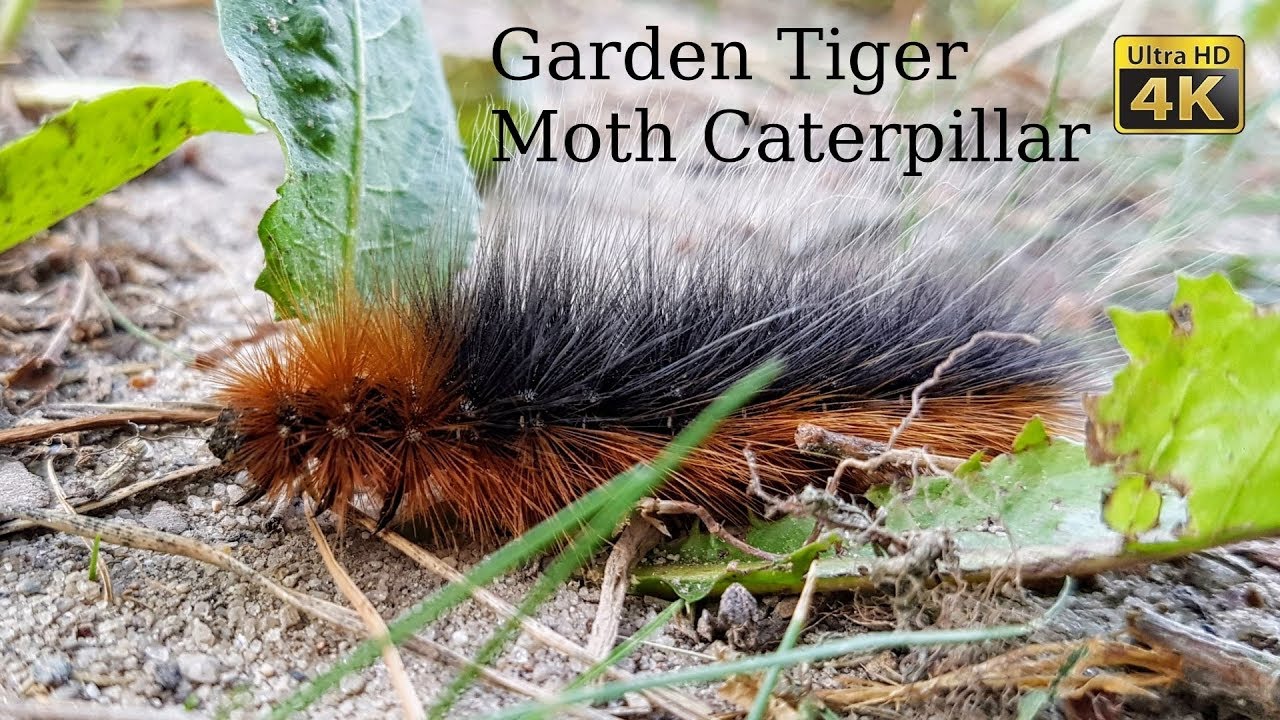Once a quite common moth in most of britain it seems to have declined in many places in the last few years. Garden tiger arctia caja.

Caterpillar 2057 Garden Tiger Arctia Caja Caterpillar
The arctiinae formerly called the family arctiidae are a large and diverse subfamily of moths with around 11000 species found all over the world including 6000 neotropical species.

Garden tiger moth caterpillar poisonous. And will regularly visit the light trap. The larvae are hairy and known as the woolly bear. This group includes the groups commonly known as tiger moths or tigers which usually have bright colours footmen which are usually much drabber lichen moths and wasp moths.
The garden tiger moth or great tiger moth arctia caja is a moth of the family erebidae. Garden tiger moth woolly bear caterpillar. In many states of north america several of the other species of caterpillar belonging to the same arctiidae family are also referred to as woolly bears.
They sometimes feed and bask in sunshine and may be seen moving rapidly across bare ground when fully grown. Who selectively bred it to create unusual colours and forms. Arctia caja is a northern species found in the us canada and europe.
The adult moth tends to tent its wings over its back rather than sitting with them spread. If disturbed the moth displays its orange hindwings with blue black spots and can produce a clear yellow fluid from two ducts just behind the head. In the british isles the garden tiger caterpillar is also known as the woolly bear.
It is not poisonous but some people may have an allergic reaction to the bristles on its body. It is white with a darker colored abdomen but without the obvious darker eyes of its close cousin the agreeable tiger moth. The larvae can be seen from august to late the following june.
The caterpillars are the woolly bears of many peoples childhood and feed on a number of herbaceous. The moth prefers cold climates with temperate seasonality as the larvae overwinter and preferentially chooses host plants that produce pyrrolizidine alkaloids. There are relatively few lepidoptera species that feed on milkweed which has poisonous sap that may make the caterpillars themselves poisonous to birds.
Like the monarch milkweed tiger moth caterpillars eat nothing but milkweed and spend all of their time on the plant living and moving in small groups of up to ten. Adult moth life stage.

Garden Tiger Moth And Its Woolly Bear Caterpillar In Serious
Elephant Hawk Moth Rhs Gardening
/garden-tiger-moth--arctia-caja--wings-open--scotland-123532726-5a949ab03de4230037660db0.jpg)
Insects That Are Toxic To Cats And A Few That Aren T

Garden Tiger Moth Stock Photos Garden Tiger Moth Stock

Spruce Picea Silver Spotted Tiger Moth Pacific Northwest

Grammia Tiger Moth Caterpillar The Backyard Arthropod Project

